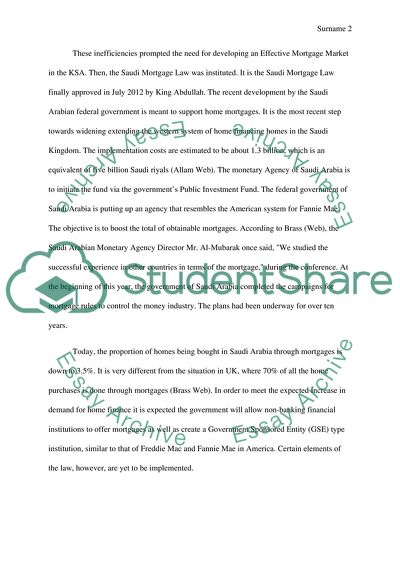Cite this document
(Financial Markets & institutions Research Paper, n.d.)
Financial Markets & institutions Research Paper. https://studentshare.org/law/1864309-financial-markets-institutions
Financial Markets & institutions Research Paper. https://studentshare.org/law/1864309-financial-markets-institutions
(Financial Markets & Institutions Research Paper)
Financial Markets & Institutions Research Paper. https://studentshare.org/law/1864309-financial-markets-institutions.
Financial Markets & Institutions Research Paper. https://studentshare.org/law/1864309-financial-markets-institutions.
“Financial Markets & Institutions Research Paper”. https://studentshare.org/law/1864309-financial-markets-institutions.


